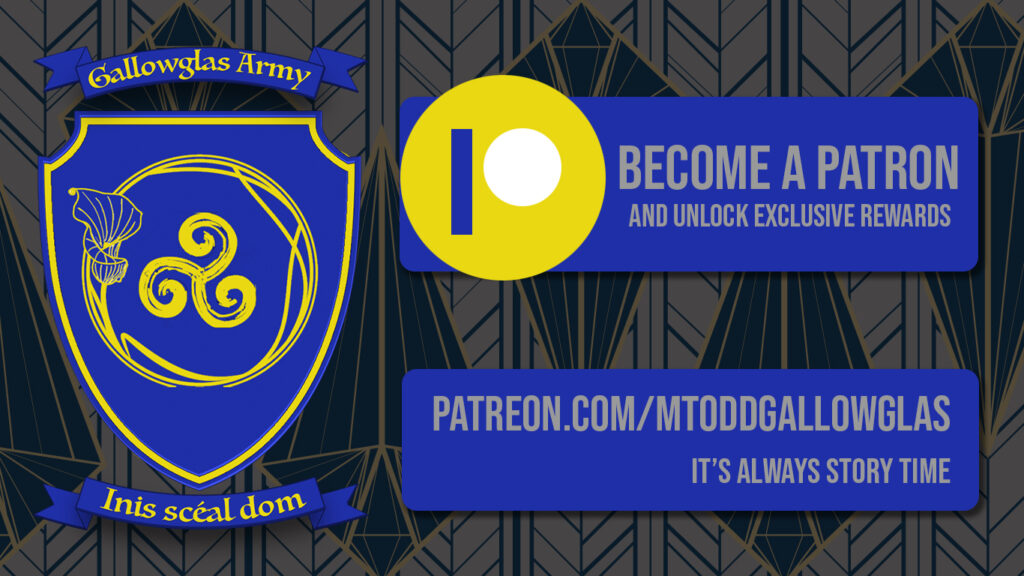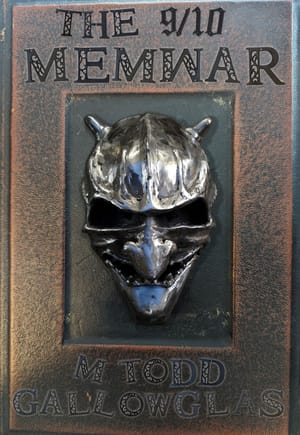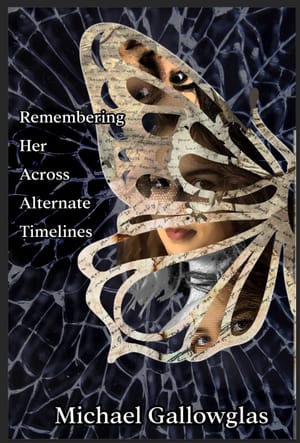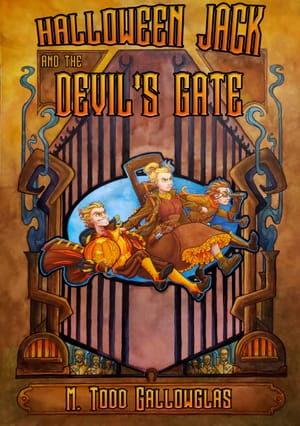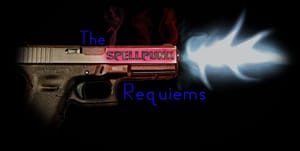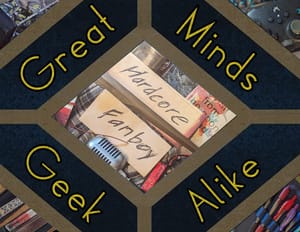We're Not in Kansas Any More
Been a bit of time since I've dedicated some time to this blog, and I realize I left off with a bit of a cliff hanger. I'd mentioned going into setting, and the how differences between setting in gaming and writing engaging fiction.
First and foremost, let's get this one thing out of the way: In fiction, the purpose of setting, before all other things is not, as many people in fantasy writing might have you think, to draw the reader into the wonderfully imaginative world the writer has created. No! Not even a little bit! I can hear people reading this silently screaming in protest, and maybe even someday when I make it big, the possibility of professional fantasy writers reading these words long after I've written them. If we don't get the reader immersed in the world right away, then they won't buy into our characters adventures. Nothing could be further from the truth. Readers don't care about your world! They aren't interested in your world. Not in the least, and you can't make them care or be interested in your world, no matter how deeply detailed your descriptions are. Readers care about characters.
In gaming, fantasy gaming especially, a group of characters steps into some kind of setting: a tavern, a dungeon, a castle, a forest glen. The Game Master goes into detail about what the characters will notice on the surface of this location. This description is usually very generic, as it's a pain in the butt for a Game Master to figure out what each character is going to notice as individuals. Once the broad splash of details has been cast out, the players can then ask clarifying questions based on what their characters might notice beyond this superficial description. And this time honored process works for gaming. There's no reason to change it.
Unfortunately, too many gamers-turned-writers use this method of description in their stories. (And more than a handful of currently published fantasy writers.)
This is bad. Bad, bad, BAD!
In the first case: The characters in fiction can't ask clarifying questions about the setting. (Though, that might be a really cool set up for a story.) The reader really can't. Worse: The reader doesn't care. I think I've mentioned that before, but let me say it again one more time, just to be sure you get it:
THE READER DOES NOT CARE ABOUT YOUR SETTING NO MATTER HOW COOL IT IS!
Sure, there are exceptions. There are always exceptions. However, as a rule, even fantasy fans don't read fantasy for the detailed world building an author goes into. They read fantasy to experience that world vicariously through the characters who live in that world.
This brings me to the actual "craft of fiction" portion of this post. Setting should only serve as a vehicle to further develop your characters and enrich your story. Describing your setting, in any genre, for the sake of setting alone is wasted words.
We as readers need to experience the setting through the awareness of the character moving through that setting. Different people are going to notice different things about a place. It's just the way human beings are built. Yes, I realize that many characters in fantasy are of some other race then "human"; however, that's a big fat can of worms I'm not going to get into just now, other than to say that any "non-human" character must have enough human-like characteristics for your reader to identify with him or her in someway; if the character is too alien, then it becomes less of a character and more of a world building/plot devise and falls close to the wasted words category.
Let's take a look at three of the most popular fantasy series of the last twenty years and see how they hold up on this theory. I'm speaking of The Wheel of Time, A Song of Ice and Fire, and The Malazan Book of the Fallen. I'm specifically leaving Harry Potter and The Sword of Truth out of this because the authors of those have publicly claimed that they do not write fantasy. Yes, I have an opinion on the claims these authors have made. No, I don't care to share it at this time.
The Wheel of Time
A massive scope of a world. Over a dozen cultures. A cast of hundreds. Thousands of years of history.
Where do we start? With a shepherd boy going to town with his father for the beginning of spring celebration. The complication is added when he sees a mysterious figure whose cloak does not blow in the wind. Then we meet Rand's two friends. Normal small-town guys, who also see this strange figure. Jordan brilliantly grounds us in familiar territory with identifiable characters with the tension of a mystery before launching us out into the big, wide, terrifantastic world he's invented. The result: millions of people around the world are along for the ride, and a very long line it is.
A Song of Ice and Fire
Seven Kingdoms on one continent, oh and that other continent across the sea. So many characters and factions that each book requires a list of who everyone is and who they are allied with. Even the characters who died before the series started need their own scorecard.
This one opens with Lord Eddard Stark out with some of his kids to execute a man for abandoning his sacred post in the Blackwatch. (It's been years since I've read it, so I might be somewhat addled, but I know there's an execution.) Eddard explains to his kids, that the man who pronounces sentence it the man who should wield the sword. We have here a character full of honor and responsibility. He takes his duties as a lord seriously, even the ones he'd rather not have. We also see his children, at least the boys in this scene, especially as we see these opening events from one of Eddard's younger sons. We're hooked long before we see the court or the lands across the sea, even before we know that the seasons are out of wack in the land of Westeros. By the time we do, we're invested enough in the characters to care what that means. If we didn't, if Martin had begun with "the seasons are out of whack, and winter is coming, and it's going to suck for all these people," we wouldn't care less.
The Malazan Book of the Fallen
Steven Erikson decided to go on an archeological dig for his mid-life crisis. You can read his recounting of it here: http://lifeasahuman.com/author/stevenerikson/. He put his anthropological and arceological knowledge into overdrive with his friend, Ian C Esselmont when they created their world, which has six or seven continents and several hundred thousand years of back story and history. Why that much? Because some of the characters in the series have been alive that long. Talk about information overload. Oh, and take all of Jordan's cast, and Martin's cast, then double them, and you start to maybe get to about half of all the characters that pop up in this series.
Steven opens up his series where empires expand and fall, gods war with each other, mortals play games of power that span across these continents, and gods and mortals manipulate and pull each other's strings for amusement and power. One of the pivotal points of this series, and where the series opens, is a power grab for the throne of the Malazan empire. We see this through the eyes of Ganoes Paran, a young boy as he's talking to the now Empress Laseen. Things are hinted at, but not revealed. After that, we jump years forward, to a fisherman and his daughter, and see them caught up in the schemes of a pair of gods. Normal folks, getting caught up by events far far above them.
Now, at this point, not everyone is along for the ride, as more than a few people I know, intelligent readers all, have problems getting into the Erikson's work. Part of that is because unlike many other fantasy writers, Erikson does not spoon feed his world and setting down his reader's throats. His stories are far too big for that. He must give us ONLY what is new to the character's observations. His books contain almost no descriptions of clothing and the physical descriptions of his characters. He does these only in-so-far-as it is absolutely necessary to convey some portion of his story or to bring out some important detail of a character, either the observer or the observed. His characters gloss over details that they have seen time and time again, listing things by name with little or no details other than that. Like if I were to mention that I saw a really sweet Mustang convertible, and you were narrating the story of your life, you would not think to yourself about all the details, the image of said car would pop into your head; a few images might pop into your head based on not knowing the year, but you're mind would leave it at that and move on. Erikson's characters do the same, so that when a detailed description does come up, the careful and intelligent reader knows that it's important.
Anyone interested in understanding setting as it relates to characterization would do well to read the first few books of each of these series. They make us care, and even though some people might struggle at the beginning with Steven Erikson, in my opinion, he is by far the most talented of the three, with a deep understanding of how to use words to the maximum effect. I easily place him in the same esteem with such writers as Earnest Hemingway and Harlan Ellison.
The Eye of the World (The Wheel of Time, Book 1)
A Game of Thrones (Song of Ice and Fire)
Gardens of the Moon (Malazan Book of the Fallen)










